DuMOR Advanced Diet Pet Rabbit Food, 10 lb.
DuMOR Advanced Diet Pet Rabbit Food makes sure your pet eats a healthy diet. This rabbit food recipe features digestible fiber, grains, minerals and vitamins – all of which are essential for overall health. It also contains probiotics to support a healthy digestive tract. This rabbit food comes in a convenient resealable bag to help maintain freshness. Made in USA.
DuMOR Advanced Diet Pet Rabbit Food makes sure your pet eats a healthy diet. This rabbit food recipe features digestible fiber, grains, minerals and vitamins – all of which are essential for overall health. It also contains probiotics to support a healthy digestive tract. This rabbit food comes in a convenient resealable bag to help maintain freshness. Made in USA.
- Balanced blend of digestible fiber, grains, minerals and vitamins specially prepared to provide a nutritious diet for pet rabbits
- Contains Timothy hay and alfalfa hay for a good source of digestible fiber
- Probiotics added to support a healthy digestive tract
- Vitamin E helps with skin, coat and immune system health
- Resealable bag helps keep the rabbit food fresh
- Made in USA
- Includes 10 lb. of rabbit food
- Satisfaction guaranteed
- Note: Don’t forget the hay – fiber is vital to the normal function of the digestive system in rabbits; it is recommended that fresh grass hay, such as Timothy hay, be offered free choice
Additional information
| Life Stage | Adult |
|---|---|
| Packaged Height | 13.5 in. |
| Packaged Length | 3 in. |
| Packaged Weight | 10.1 lb. |
| Packaged Width | 9 in. |
| Package Weight | 10 lb. |
| Packaging Type | Pouch |
| Special Diets | Probiotics, Nutrient Enriched |
| Manufacturer Part Number | 1000831 |

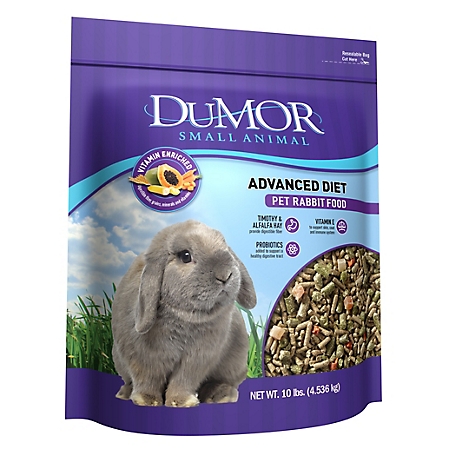


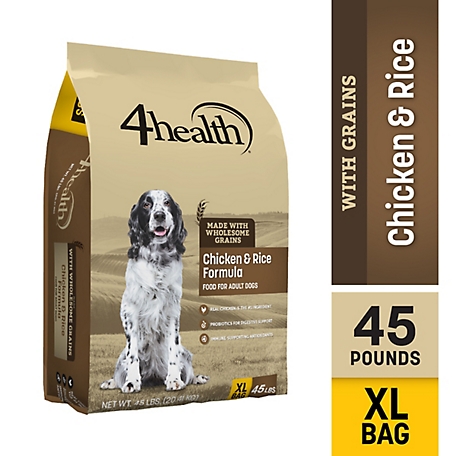
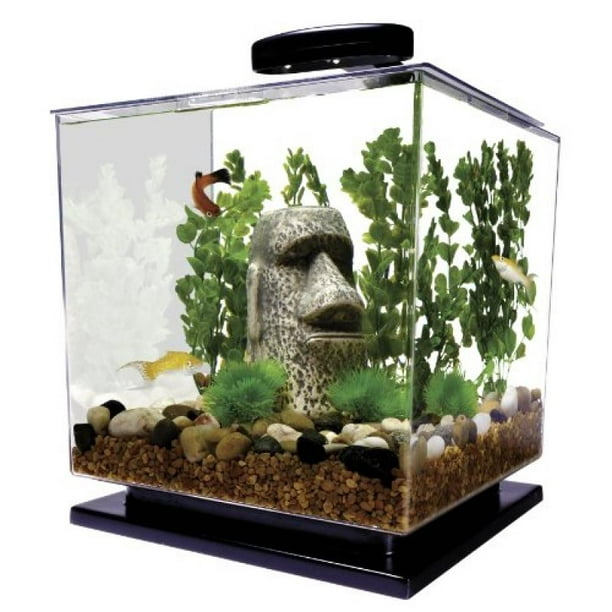

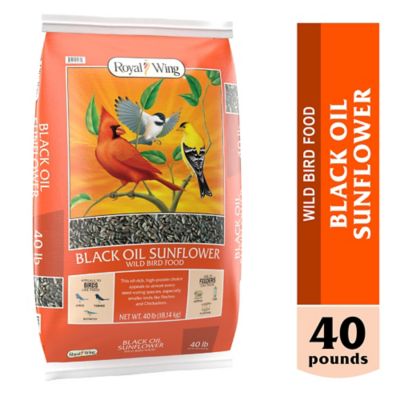
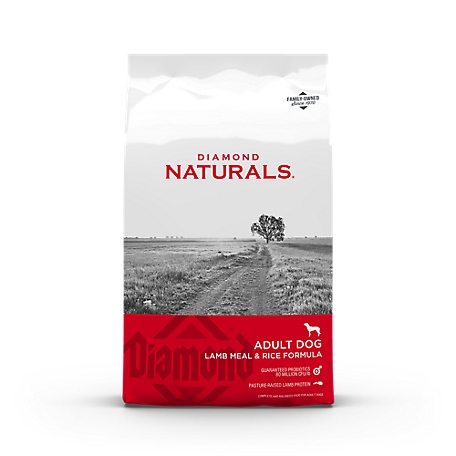
by Acres
Rabbits love the dried fruit
by Tarin
TSC has been a great source of joy to my bunny! The food I get here is way more cheaper than other stores. This pallet has been a life saviour for my bunny! I have a picky eater. I’ve tried many other pallets but he only eats this pallet. It’s ingredients is safe for him as well. I give him 1/3 cup at night as a treat. This value pack goes a long way for us! That’s how he eats these as you can see in the picture!
by Phobe
Our bunny loves the dried fruit pieces in this. He will eat the pellets once there is no other option.
by Robin
Rabbit told me it. Was pretty good